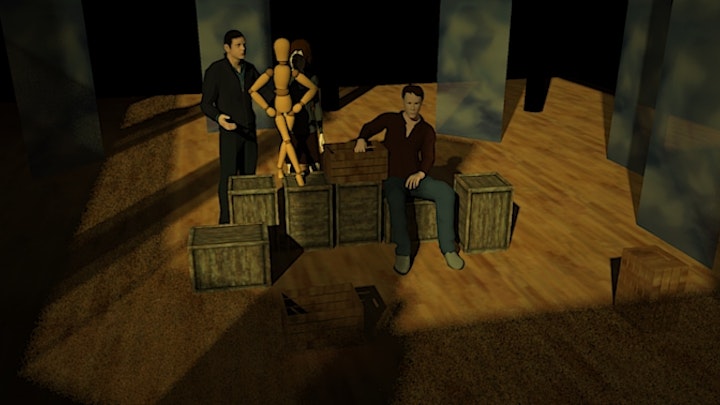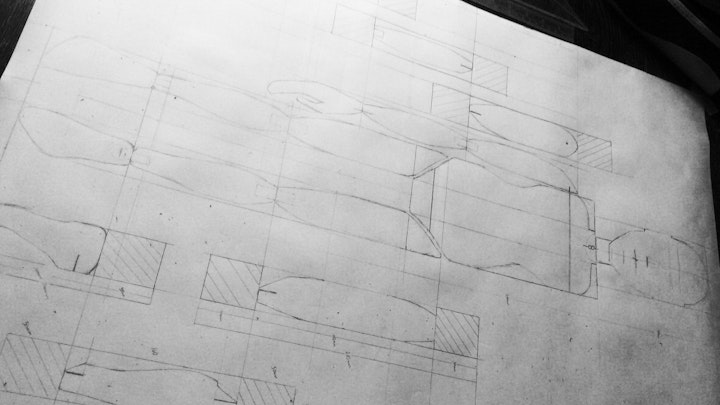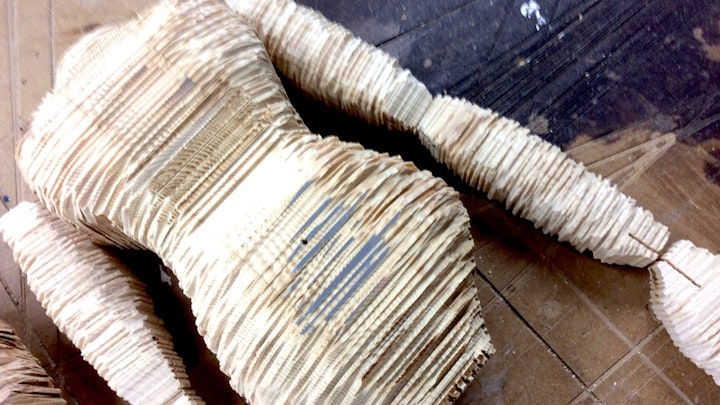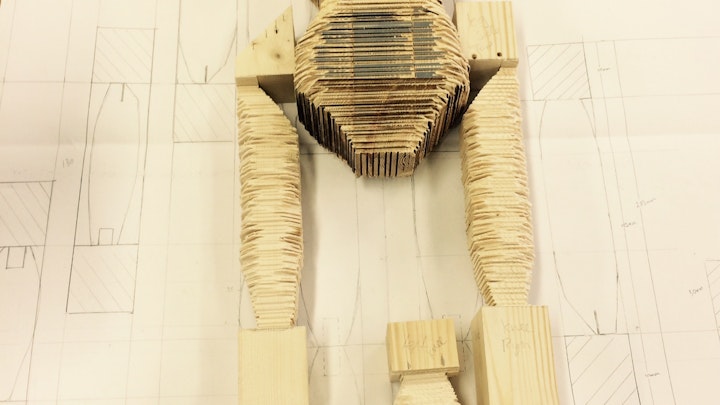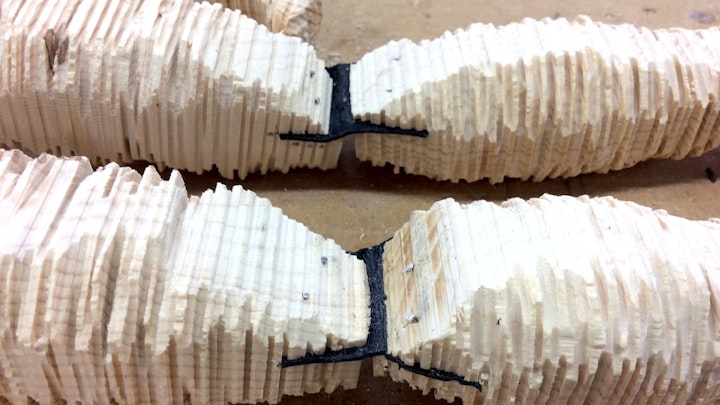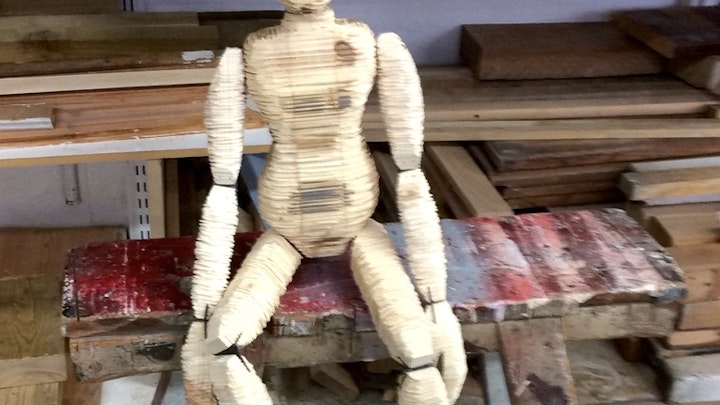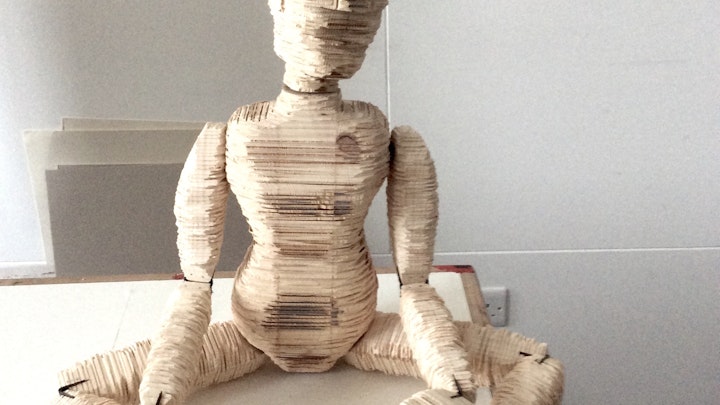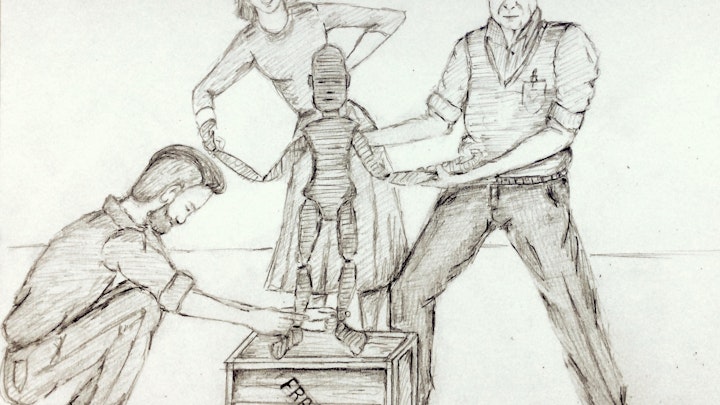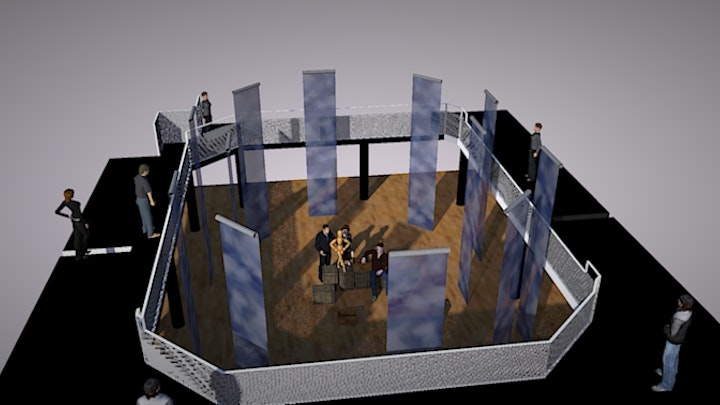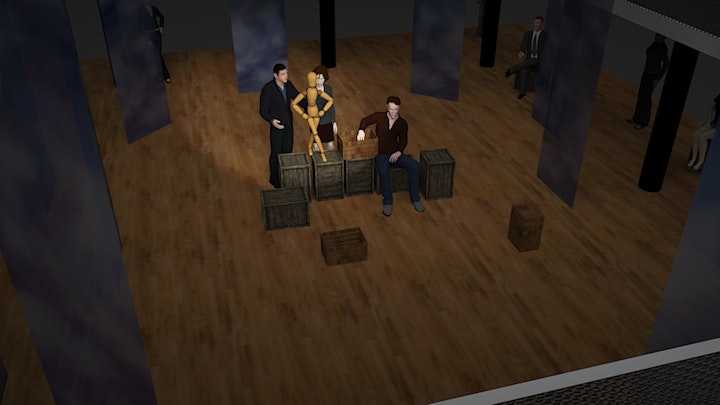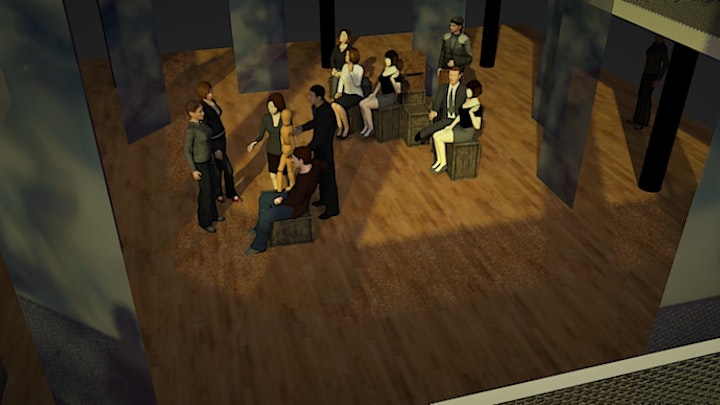Deep Heat: Concept Design
Objectives
- To explore Verbatim as a genre of theatre including the exploration of truth and storytelling.
- To use the text Deep Heat by Robin Soans as an inspiration for the creation of a new conceptual piece, of design led performance.
- As a design student to push forward creative thoughts, skills and knowledge and link practical and theatrical study within this task to wider research interests.
Rational
Discussions surrounding Verbatim theatre often come back to issues of truth and the inevitable manipulation or editing which occurs in the process of story telling. Verbatim seeks to offer a stronger sense of the truth than other forms but it is important to recognise it is still just a version of a given truth. It features true stories, real characters and real voices, highlighting both domestic familiarity and generic humanity alongside often tragic or profound personal stories or striking international events. Often the characters and set are realistic and directly informed by the real people, even the pronunciation and inflections of a particular voice or character may be included to create a hyper reality. However the very process of presenting as a piece of theatre requires practical application and creative input, therefore distortion of the truth is inevitable and essential.
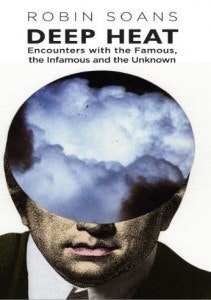
From the beginning I was fascinated by the role of the interviewer and in the case of Deep Heat also the playwright, who must initiate those interviews, seek out stories, pursue greater details and/or explore a particular direction or theme. This initial process has an immediate impact on a 'true story' and persons 'real voice' which effect 'truth'. But even more apparent is the editing that inevitably occurs through the recording process, script writing, rehearsal with actors and final theatre presentation. It seemed to me the role of our 'playwright' is somewhat a kin to that of a 'puppeteer', someone who excitingly brings to life our characters and stories but can also be seen as a manipulating and controlling influence over our 'real' storytellers. Therefore it seemed an interesting avenue of research to explore this genre and text in the context of puppetry.
In Deep Heat the voice of the playwright runs clearly throughout as a kind of narrator, often introducing characters or settings. In considering how this book may be translated for the stage it was important to consider this voice, which forms a glue linking the different stories and characters together. A group discussion session with Robin Soans further heightened my interest in featuring the narrator in my conceptual performance design. Robin in person was a real character delivering his discussion points with charisma, performance and passion. He was interesting to listen to but also watch as he played with 'props' around him such as a notebook and coffee cup. He was very open about his manipulation of the text which he insisted made them better stories, better told. He insisted that within Verbatim things should not be deliberately changed or stories expanded but they should definitely be edited, streamlined, juxtaposed and even characters combined to create more depth. As a creative writer he always wanted to 'stay true to the play you actually want to write' and of course deliver good writing which is more entertaining, more humorous and more profound than the original stories. Robins character and process displayed during the discussion further affirmed my thoughts towards the playwright puppeteering the play and forming the main character.
Puppetry particularly in the UK is often associated with children's theatre, with fun characters and light hearted stories. A way to demonstrate animals, imaginary creatures or to perform fantastical movement or play with impossible scale. Deep Heat is not that style of text, it features compelling stories of real people functioning in a real world of love, war, politics, terrorism and drug abuse to mention just a few of the issues explored. It is for an adult audience, lends itself to a contemporary performance style and sparks debate and potential controversy. This is far from a typical puppetry text. Therefore the proposal to create this text as piece of puppetry instantly generates potential challenges and controversy but is also excitingly different and offers new creative potential.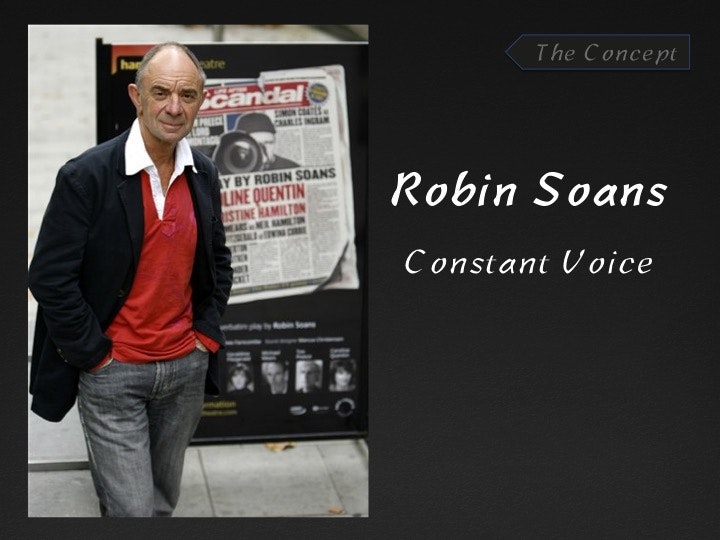
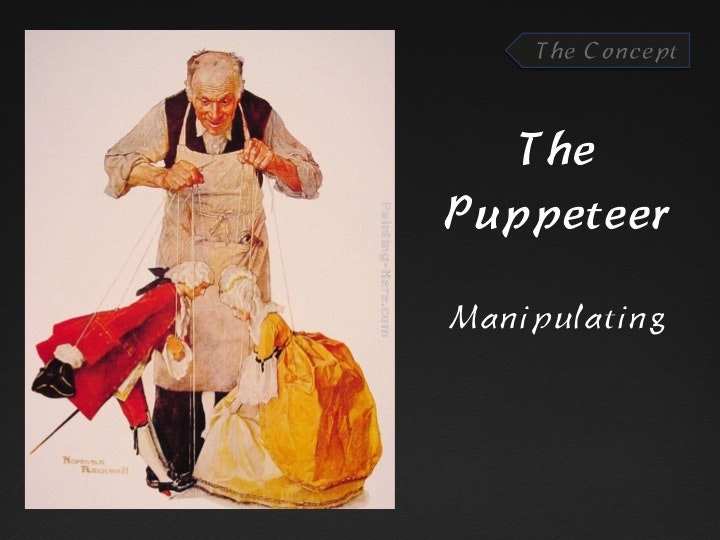
The Concept
In considering what Deep Heat might look like as a piece of puppet theatre I was greatly inspired by a workshop I attended at The Little Angel Theatre where I witnessed a demonstration of a small Bunraku puppet, (see event blog). This was an intimate experience, a story told by three puppeteers, to a small audience of around 5, all in very close proximity. We challenged the puppeteers to transform the small girl puppet into different characters and to tell different style stories and the result was mesmerising. It was apparent that in the same way a human actor can take on many roles so can a puppet through clever changes in voice and movement. I therefore decided that my puppet should be able to present multiple if not all the stories and characters in Deep Heat. This puppet should be a blank canvas, brought to life by the words of the text and the skill of the puppeteers. I was further reminded of the discussion session with Robin where he discussed the power of the imagination being stronger than realism in the context of set design.
The puppet should therefore be a kind of mannequin, a flexible tool used to tell stories. Something clearly human but androgynous and somewhat abstract. I wanted the performance to be intimate, where there is an option for the puppet to reach out and touch the audience, to draw them into the story but also add to the power of these often tragic stories and awkwardness in revealing their intimacy.
Bunraku seems the obvious puppet style to choose, due to the three operators required. The three would be made up of a 'Robin' character to present the narration, a female to deliver the female lines and a male to deliver the male voices. Unlike conventional bunraku this puppet team would interchange roles between the 'head', 'heart' and ‘hind’ depending on whom was speaking.
To help inform the project design I created a Pinterest page to collate reference images:
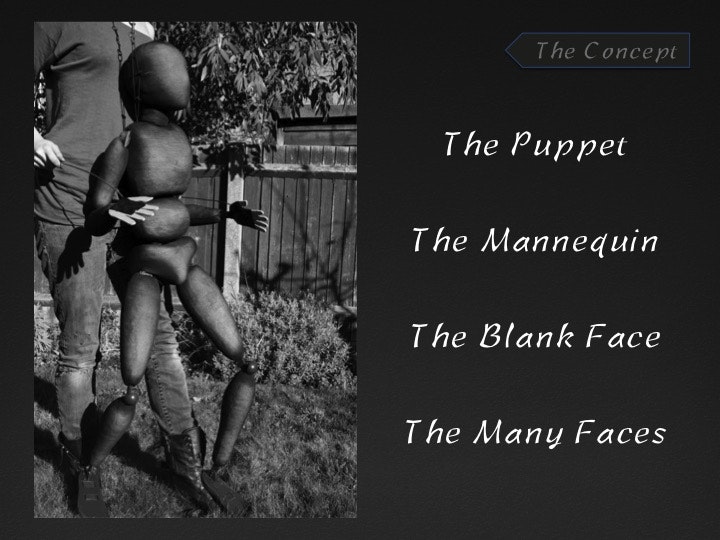
The Puppet
Bunraku puppets are traditionally carved in wood, which is a process I have not ever undertaken before but given considerable interest and research. It felt appropriate to experiment with a traditional material, learn a new skill and make the most of the university resources in the wood workshop. I was interested in juxtaposing a traditional material with a more modern design to link to the traditional notion of story telling set against very contemporary stories featured in Deep Heat.
In researching wood carving techniques and samples I was drawn to a number of key images. I was interested in both texture and form, I wanted abstraction yet humanoid, traditional craft and contemporary style.
In constructing the puppet I began with a simple sketch of a basic human puppet, I made no attempt at stylising the figure at this stage, but instead let myself experiment with the carving process. Experimenting directly with the material and allowing the puppet character to develop freely seemed appropriate within the conceptual and research nature of the project. This freedom to work with the material creatively proved even more rewarding than I expected and allowed a much more interesting and unique design to evolve.
This construction process is documented fully in this blog post.
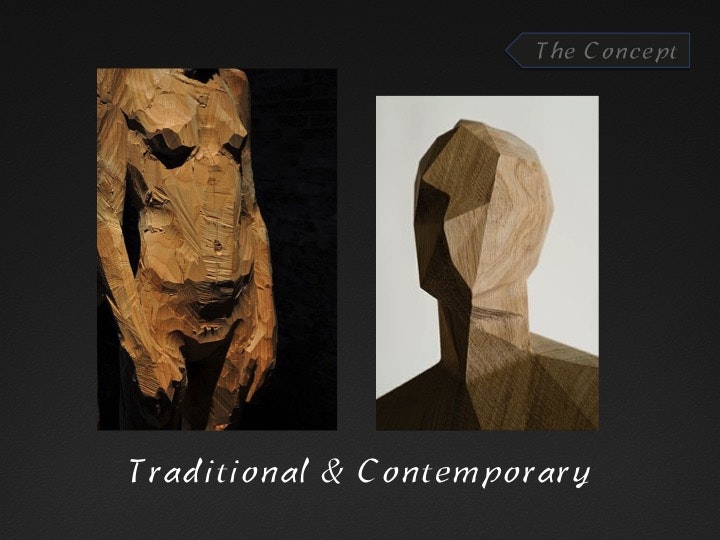
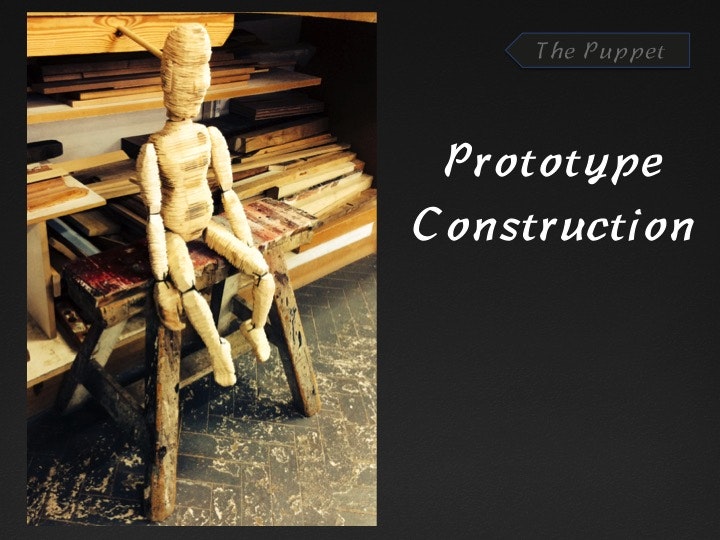
Set Design
In developing a stage design for the piece I was keen that any set should support the puppet and puppeteers but not dominate. The transforming nature of the puppet and the convention of short stories, required flexibility and a similar ability to transform. I wanted something which could be easily manipulated by the performers, reconfigured to represent different scenes, simple but visually interesting.
The highly textured and tactile nature of the wooden puppet and the wooden floor in the space dominated the aesthetic and it quickly became apparent that wood should be the main material. In undertaking visual research I became interested in crates, tea chests and wooden packing boxes. I loved the rustic, functional quality of these objects, their variety and versatility, highly functional yet also visually interesting. In particular vintage boxes with old labels, paint and stamps had a sense of history, a story to tell of travels and encounters. They seemed to represent the Deep Heat characters, sturdy survivors with international stories.
This would be the set, a collection of boxes and crates which could be stacked, packed, turned, twisted, sat, stood, dispersed and collated. Suddenly the opportunity to expand what originally seemed a very small, closed scene, seemed possibly. With such a flexible set there would be the opportunity to spread out, to fill a space and create a dynamic landscape. Then to totally contract to a single box, perhaps under a focused spot light, stranded, alone and vulnerable in the centre of a large expanse.
In further developing this stage design it was important to consider carefully the intended venue, to consider the site specific opportunities the Wimbledon Theatre had to offer. Spending time in the space including seeing performance work staged was important and informative, this was further developed and realised in a virtual 3D space using SketchUp software. This was a new tool for me as a designer which proved extremely valuable in understanding scale and space. The unique balcony style of the venue and the option to stage in the round was very appealing. I often create work for intimate audiences and this set up seemed an interesting opportunity to expand this, to be ambitious, while still creating a unique audience experience. I decided the audience should also be flexible within the space, with the ability to move, to explore, to leave, to stay, to sit and to stand.
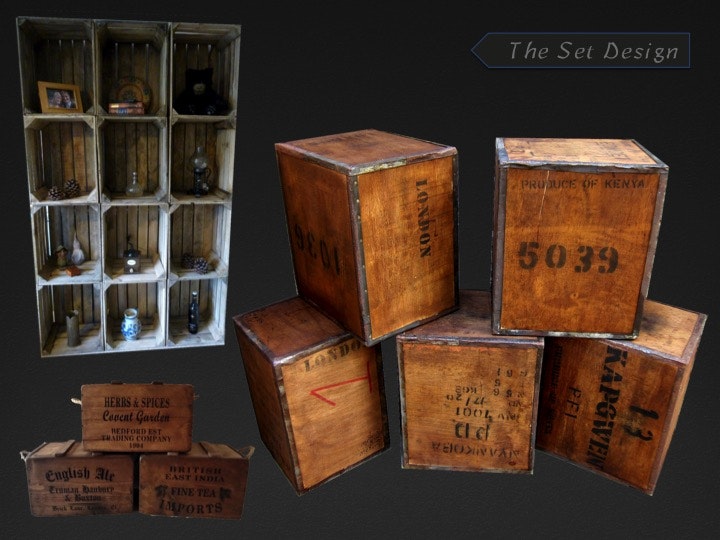
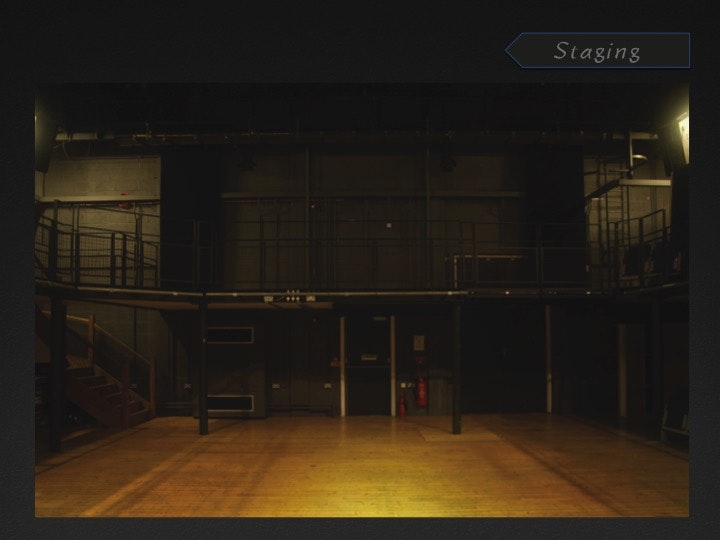
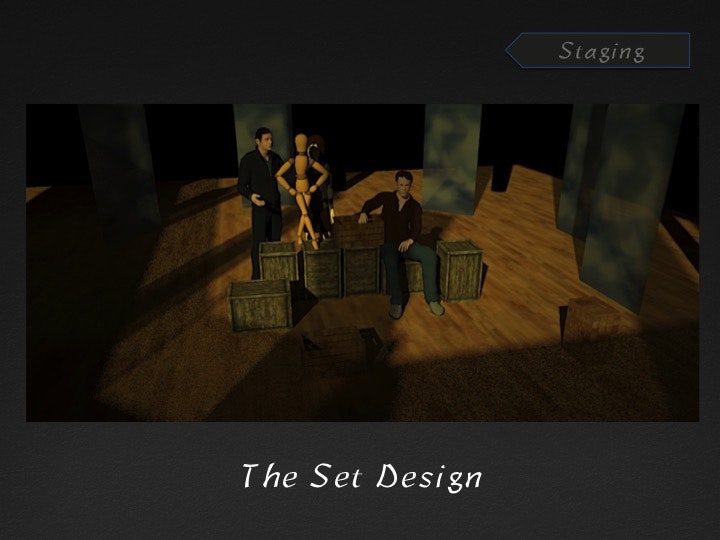
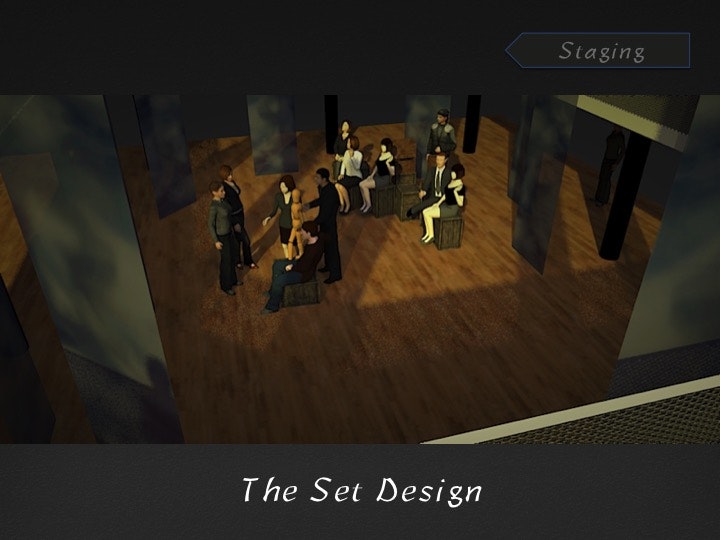
Costume Design
The characters consist of three puppeteers, which are visible at all times. Their presence and clear manipulation of the puppet is essential to the concept and therefore their clothing needed careful consideration. The character of Robin should in Verbatim style be true to that of the ‘real’ Robin, dressed in attire which reflects his character, personal style and status as a playwright. Smart enough to be on show but also practical enough to be manipulation the puppet and set. The other two characters are slightly more complex as they need to melt at times into the background but also play many different voices and characters. The use of lighting, shadow and projection would also see the colour and silhouette of their clothing as significant. I was reminded not to assume ‘non design’ and think carefully about these two characters. They needed to feel everyday yet in keeping with the design and style of the piece.
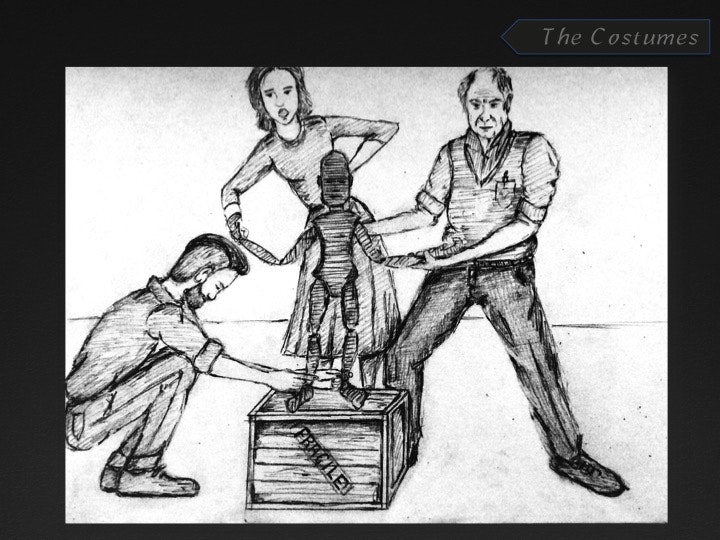
Projection Design
Juxtaposing the traditional and the contemporary was a key aspect of the design rational and concept, so the use of technology to contrast the traditional materials and genre of story telling felt essential in fulfilling my vision. It seemed appropriate to develop visuals and a soundtrack which supported the action to add variety to a long text and enhance the puppetry genre. Puppetry like cinema is predominately a visual language, which can tell a story through pictures, images and actions rather than words. Puppetry also reads as metaphoric language, where the slightest action conveys meaning, a puppet cocking its head, for example instantly evokes emotion, thought, life and purpose. Therefore adding projected images and an intense soundtrack would add to the cinematic quality, bridge the gap of tradition and contemporary and importantly add variety, texture and interest to the performance.
In developing ideas for the lighting, projection and soundtrack I used the prototype puppet to experiment practically, using simple objects as set, internet found images and sounds, household lamps and a small projector. I constructed small scenes for a range of characters featured in the book and experimented with shadows, projections, characterisation, emotion and mood.
Images and video’s from this experiment can be found on my blog: Puppet Experiment
This was a highly useful experiment which helped to inform the design but in truth was also a little frustrating due to the limited materials, skills and people. It felt that at this stage in the process I would ideally enter an initial stage of rehearsals, working with the team of puppeteers, and ideally also drawing on the skills of a choreographer, projection designer and composer. As a theatre designer I felt I had all the components to inspire a sound concept but in reality it would now be time to enter the exciting collaborative stage of producing a quality piece of theatre. A stage where ideas are shared, discussed, developed and honed with a team of people highly skilled in their unique specialist areas.
The Event
Planning the style of event and practical form this theatre piece would take, proved the most challenging aspect and one I would never fully resolve, within this concept proposal. The puppetry concept provided the opportunity to present the text as a whole and placed the voice of Robin Soans as the main character linking the many short stories together. However if the whole book were to be presented the event would last many, many hours and therefore required careful thought.
Initially I considered a three day event where the texts were divided into groups, offering variety to each performance but also thematic links. In this set up an audience could attend 1, 2 or all 3 performances as they chose fit. Each performance would be unique and stand alone, building tension through the chosen stories, changing space and use of projection. This format would allow for greater transformation within the set between the days, and a greater opportunity to play with the scale of the set, the use of space and the audience position. I liked the idea that the different stories people heard on different days might be shared, compared and retold, continuing the art of story telling and the social aspect of visiting a theatre.
However I was also drawn to the idea of a durational event, a live installation which could be visited for an undefined amount of time. A space which slowly changes, transforms, expands and contracts. A very unique audience experience and set up site specifically for the Wimbledon Theatre. The book in its entirety and yet much more abstracted with greater editing of the text, where most is told through pictures, movements and sounds. The characters themselves becoming more of a feeling and a mood with the voice of Robin Soans standing out clearly as the narrator of the performance.
Either format had its advantages and pitfalls but both resulted in a long and large scale production, which would require significant rehearsal time and be extremely difficult to fund, book and tour. In reality it seemed that a set of texts should simply be chosen from the book during an initial development phase working with the creative team. A process where the whole text is explored and the most fruitful elements make the final performance. Within this process ‘works in progress’ would be presented with a sample audience to explore the potential of the set, the elements of audience interaction and the chosen stories. This is where the collaborative nature of theatre making is essential and a period of practical research and development vital.
The fly threw sketchUp video was a good way to communicate the space and style of event.
Presentation Reflection
Presenting the design concept to an audience was an important part in helping to refine ideas and focus on ‘why’ each decision had been taken. It was important to be concise both verbally in describing ideas and visually in the choice of images shown, and this proved a continuous editing process. I used a range of methods to help visualise the concept including reference images, sketches, photos, video’s and virtual 3D models. The need to present encouraged me to explore these different tools and fully explain all aspects of my thinking. In particular the use of sketchUp modelling was a new tool, which I found helped to visualise the space for designing to ensure the piece fitted comfortably in the theatre. For presentation purposes the model helped to share the design from various audience angles and could be used to quite quickly mock up different scenes and set options.
In attempting to cover all bases and experiment fully with tools available I did however run the risk of my presentation lacking a clear artistic style. I perhaps showed too much and instead needed to consider the imagination and theatre of the presentation. Inspiring wonder and magic, rather than presenting facts and clear cut images. In reality presentations are always for a very specific audience, funders, creatives or technicians and the inclusion of different elements would need to be adapted to suit.
The presentation aspect also forced me to make decisions I felt ill equipped to answer at this stage, aspects of the concept I would want to work out in collaboration with a creative team of specialists. I believe strongly in the collaborative process of theatre making and although enjoyed the opportunity to lead this concept, I would always seek partners to work with from an early stage in the development process.
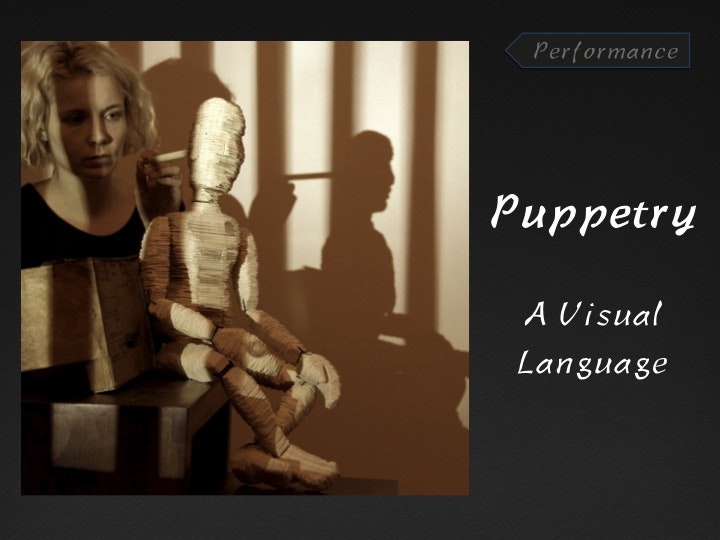
Related Blogs:
- Puppet Workshop Review
- Discussion with Robin Soans
- Verbatim Test Case
- Puppet Construction
- Puppet Experiments

